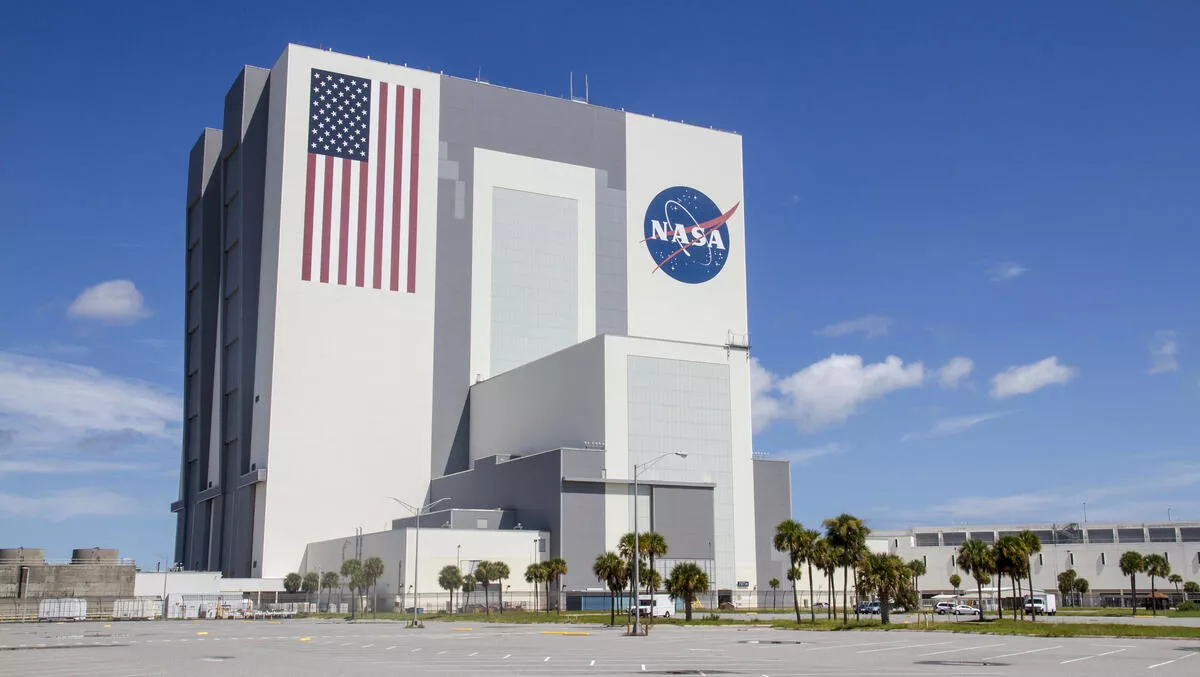
NASA is migrating back to on-premises 640 TB all-flash mission-critical storage
NASA is migrating back to on-premises high-density storage technology. And the organisation has chosen to use Storbyte and StorONE, with the software-based S1 platform and ECO FLASH hardware storage array.
Storbyte says NASA has implemented the combination of technologies to lower their total cost of ownership (TCO) while increasing data protection and functionality in their High-Performance Computing (HPC) environment. The initial 4U deployment consists of 640 TB of all-flash storage, including a future capacity expansion to 1.5 PB.
The Storbyte ECO FLASH high-density hardware platform was developed for intense and uninterrupted read/write data performance requirements of military operation data centers such as NASA's. Storbyte says these HPC environments must sustain a demanding balance of reliability, efficiency, density, and speed. It says its software-defined enterprise storage platform optimises storage hardware requirements and requires less physical media to achieve the same usable capacity.
"There is no more mission-critical environment than NASA, and they needed extreme density in storage resources," says StorONE CEO and co-founder, Gal Naor.
"The result is they can achieve the maximum IOPS, throughput, and capacity of their media investment, and achieve the maximum utilisation of their storage resources, adding capacity as requirements grow.
Naor says StorONE's ability to provide complete workload isolation enables customers like NASA to consolidate all storage use cases onto the platform without compromise.
"It is protocol and device-independent, allowing Optane, Flash, and hard disk drive storage tiers and fibre, iSCSI, NFS, SMB, and S3 protocols across all workloads," he says.
"The efficiency of the StorONE solutions enables customers to consolidate one workload at a time, no matter how different those workloads may be. NASA, as an example, started with an HPC workload and then added Active Archive.
StorONE was founded in 2011 and spent its first eight years rewriting and flattening the storage stack before coming to market with the S1 engine. The engine powers the S1:Enterprise Storage Platform, enabling IT to take a platform approach to storage infrastructure, delivering low TCO and eliminating storage refreshes and migration. StorONE is headquartered in New York, with offices in Texas, Tel Aviv and Singapore.
Storbyte is headquartered in Washington, DC, and manufactures enterprise storage arrays and provides delivered data services to the global market via established distribution channel partners.


